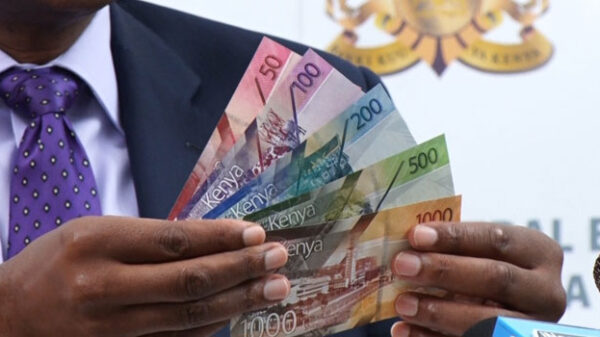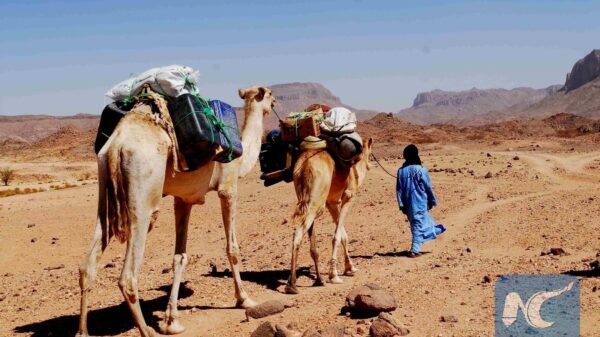NAIROBI, September 22 – Fertilizer in Africa and particularly in Kenya is unusually expensive. This phenomenon has been blamed on an alleged cartel of suppliers who sell the commodity at exorbitant prices.
This makes it hard for farmers to access the commodity, forcing many to stop using fertilizer, which in turn has affected crop yields.
But scientists have come up with what, they hope, would ease the burden on farmers – a technology referred to as ‘microdosing’.
Dr Tabo Ramadjita the Assistant Director for West and Central Africa at the International Crops Research Institute for the Semi-Arid Tropics (ICRISAT) explains that microdosing consists of applying tiny doses of fertilizer in the planting hole at sowing or next to the plant two to three weeks after sowing.
“Farmers who practice this method apply 6-gram doses of fertilizer in the hole where the plant is placed. This translates to about 60 kilos of fertilizer per hectare (as opposed 360kg),” he expounds.
He says the technique increases yields of crops up to two fold while reducing the costs of fertilizer use, at only a cost of about Sh350 and Sh700 per hectare.
Pointing out that the technology has been successful in West and Southern Africa, Dr Ramadjita says ICRISAT staff and their partners in East Africa are already evaluating and promoting the technology in the region.
“Our organisation is working with extension units, national research institutions and the private sector to demonstrate to the farmers the potential of using microdosing,” Dr Ramadjita recently told Capital Business, adding that the method would push dealers to sell smaller packs of fertilizers (in five, 10 and 20 kg packets).
He however recommends development of clear policy guidelines that would reduce fertilizer costs while protecting the farmers from unscrupulous suppliers.
“The government needs to go out there and promote the technology as a less risky investment,” he asserts.
Dr Ramadjita reveals that they are targeting about 50, 000 to 100, 000 farmers in Kenya and East Africa in the initial stages but adds that they require the governments’ support to roll it out. He adds that they are seeking funding from Alliance for a Green Revolution in Africa (AGRA) and UK’s Department for International Development (DFID) to promote this technology widely.
ICRISAT is further calling for the national research and extension services to be more open to the idea of sub-optimal technology promotion so that focus is given to incremental change as opposed to maximum change.
The scientists reckon that although it’s simple to teach farmers how to use the technology, it would be prudent to educate them on how to use the fertilizer through demonstrations and farmers field schools.
Dr John Dimes, a soil scientist and crop simulation modeler with ICRISAT Bulawayo, says they have introduced the method in Machakos but the reception has been poor because the government was not fully involved.
He is therefore recommending the involvement of top level government officials particularly those in charge of supporting the small holder farmers, to support the technology.
“We think that they need to buy into this technology more than they have,” Dimes adds.
He says the country should also introduce the crop simulation model – which entails mock-up experiments on a computer – as they present a good understanding of how crops grow and how soils behave.
“Having such capability allows us to do a lot of experiments and different situations without the expense of field trials,” he explains.
Crop simulation was used in West Africa to determine the viability of microdosing as a less risky investment for small-scale farmers. Dimes says they are trying to develop capacity in the region for using the tool more effectively as it adds value to seasonal climate forecast.
Citing the example of South Africa and Zimbabwe, Dimes says that they have experienced good results with yields increasing by between 50 and 100 percent.
Thus together with microdosing, crop simulation and high breed seeds would help ease the problems of high food prices and perennial hunger that plague sub-Saharan Africa.



































